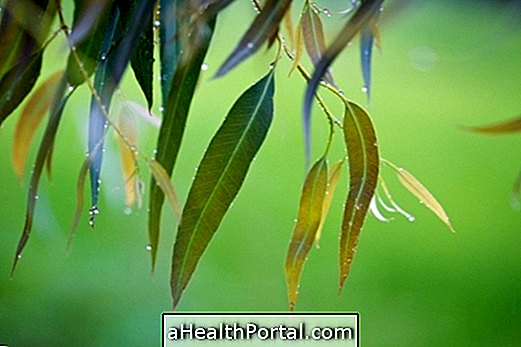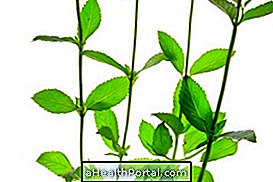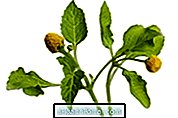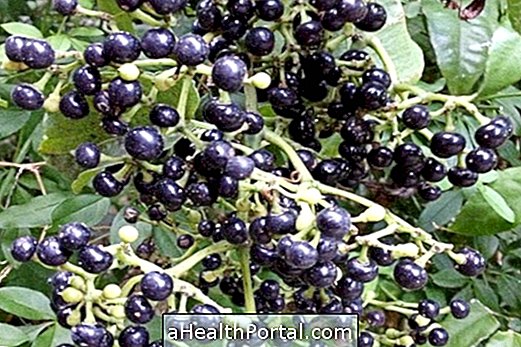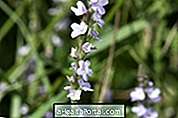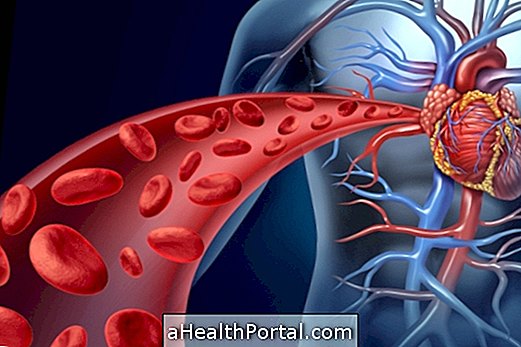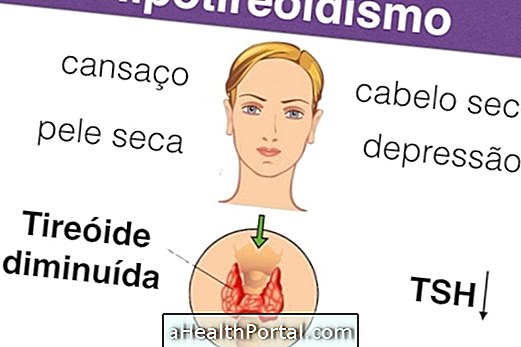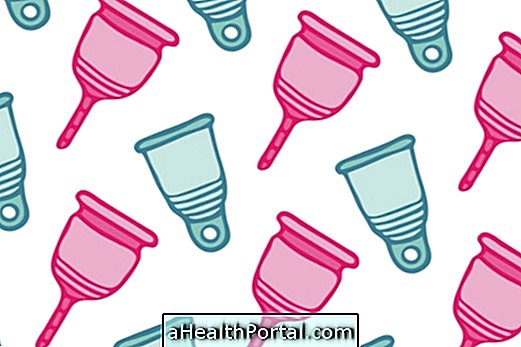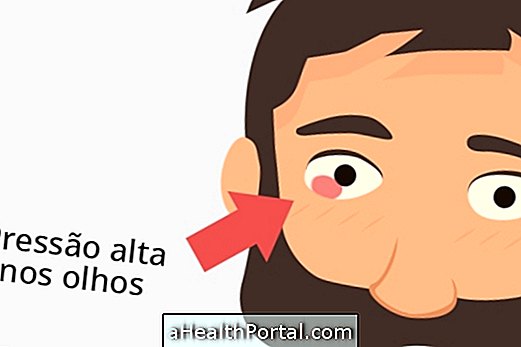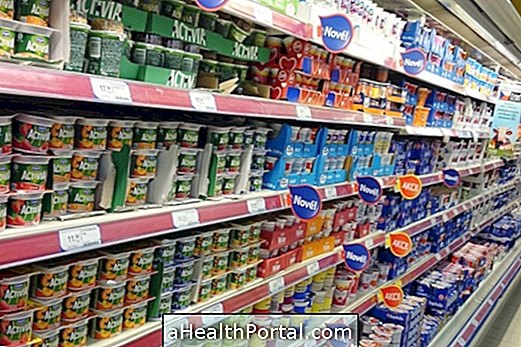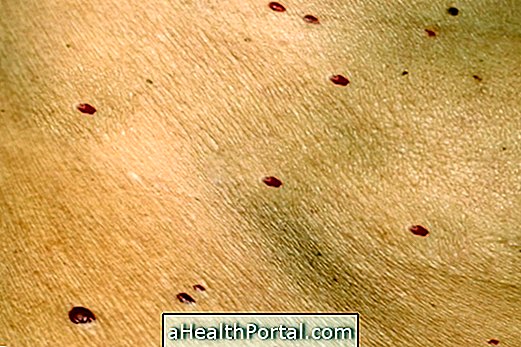The common mint, scientifically known as Mentha spicata, is a medicinal and aromatic plant with properties that help treat digestive problems, such as poor digestion, nausea or vomiting, for example, and also has calming and expectorant effects.
The benefits of this plant can be harnessed in various ways, being used as a seasoning in cooking or in the form of teas, capsules, dried extract or as essential oil, great for massages and aromatherapy.
This mint species, also known as green mint, das-hortas or vulgar, has the thickest and rounded leaves, and is one of the mint types, a group of which peppermint is also part, which is more burnt and has the long and thin leaves. To know the properties of peppermint, check out what peppermint is for.
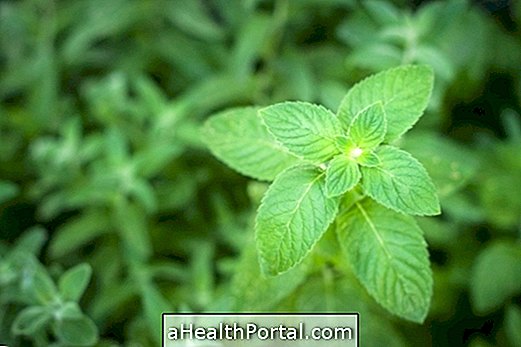
Main benefits
The properties of common mint are capable of:
- Relieve digestive alterations, as this plant has anti-spasmodic effect, capable of decreasing intestinal cramps and digestive alterations, and anti-emetic, relieving nausea and vomiting;
- Facilitate digestion and decrease heartburn by activating the production of bile and improving the function of the digestive system;
- Help relieve fever, especially when associated with ginger as it stimulates circulation;
- To combat the headache, being vasodilator and able to activate the circulation;
- Decrease stress, anxiety and agitation symptoms by having calming effects;
- Act as an antiseptic, capable of hindering the growth of bacteria and amoebas in the digestive tract;
- Help treat colds and flu, as it contains ascorbic acid, menthol and tinol in its composition, having an expectorant action and decongestant.
In addition, this plant is rich in vitamins A and C, and minerals such as iron, calcium, phosphorus and potassium, with antioxidant and immune-enhancing properties.

How to use
The benefits of mint can be availed in the form of:
- Dried leaves or extracts, to season foods and make teas. Check out the few recipes on how to make mint tea.
- Essential oil as a form of aromatherapy or relaxing and invigorating massages;
- Capsules, for daily consumption in a more practical way;
- Composition of cosmetics, to contribute with its invigorating and antiseptic effects on the skin;
The dosage used in each situation depends on the form and the product and is specified on the manufacturer's packaging label or instruction box and, if in doubt about the use, the doctor should be consulted first.
Mint can be purchased at health food stores, drugstores or free markets, and it is also possible to purchase a seedling in a garden shop so that it can be grown in pots at home.
Possible side effects
Mint side effects may include changes in bowel rhythm, such as diarrhea or constipation, or allergy reactions, with symptoms such as redness, itching and hives on the skin.
Who should not use
Mint should be avoided by people with severe reflux or hiatus hernia, in addition to pregnant women, breast-feeding women and children under 5 years.
